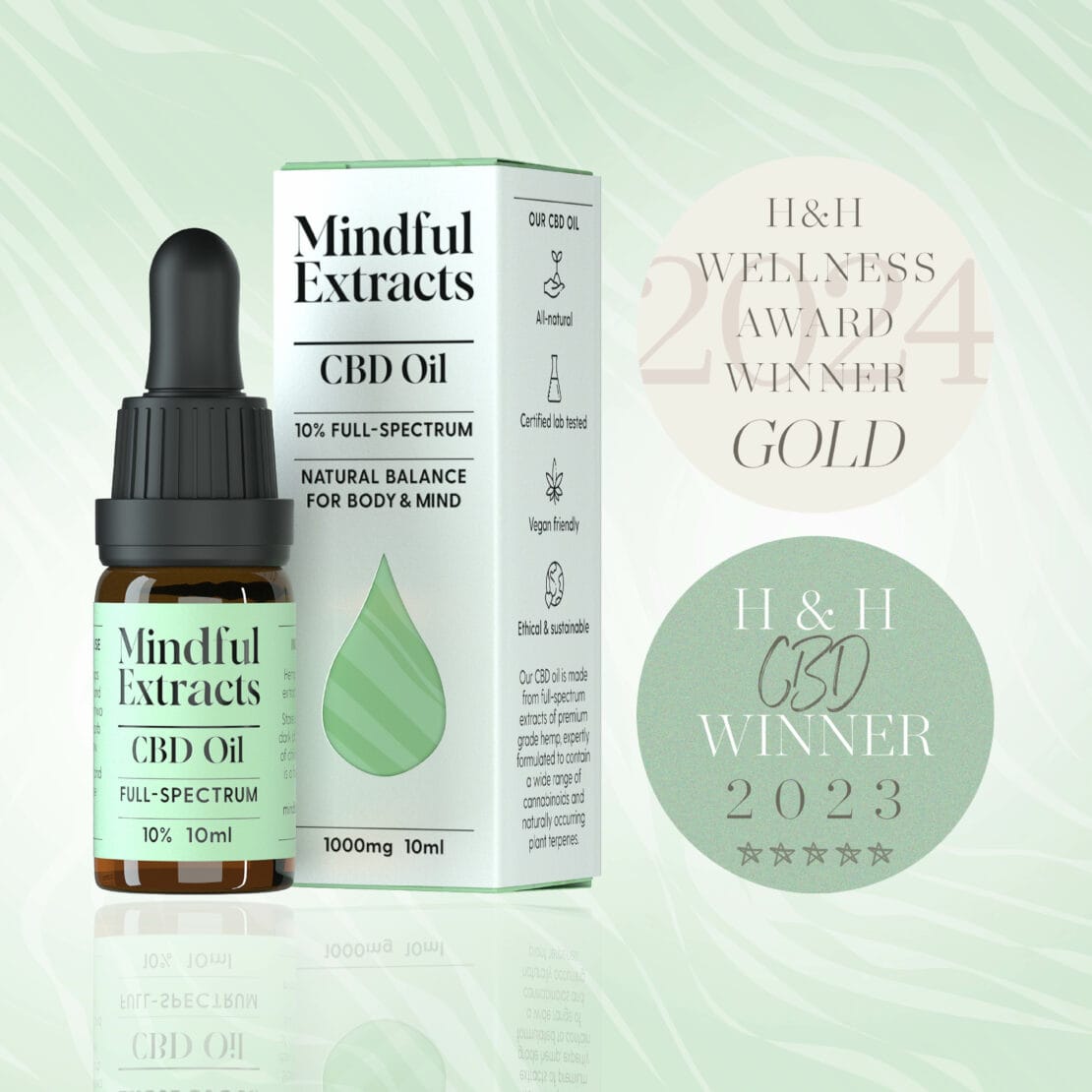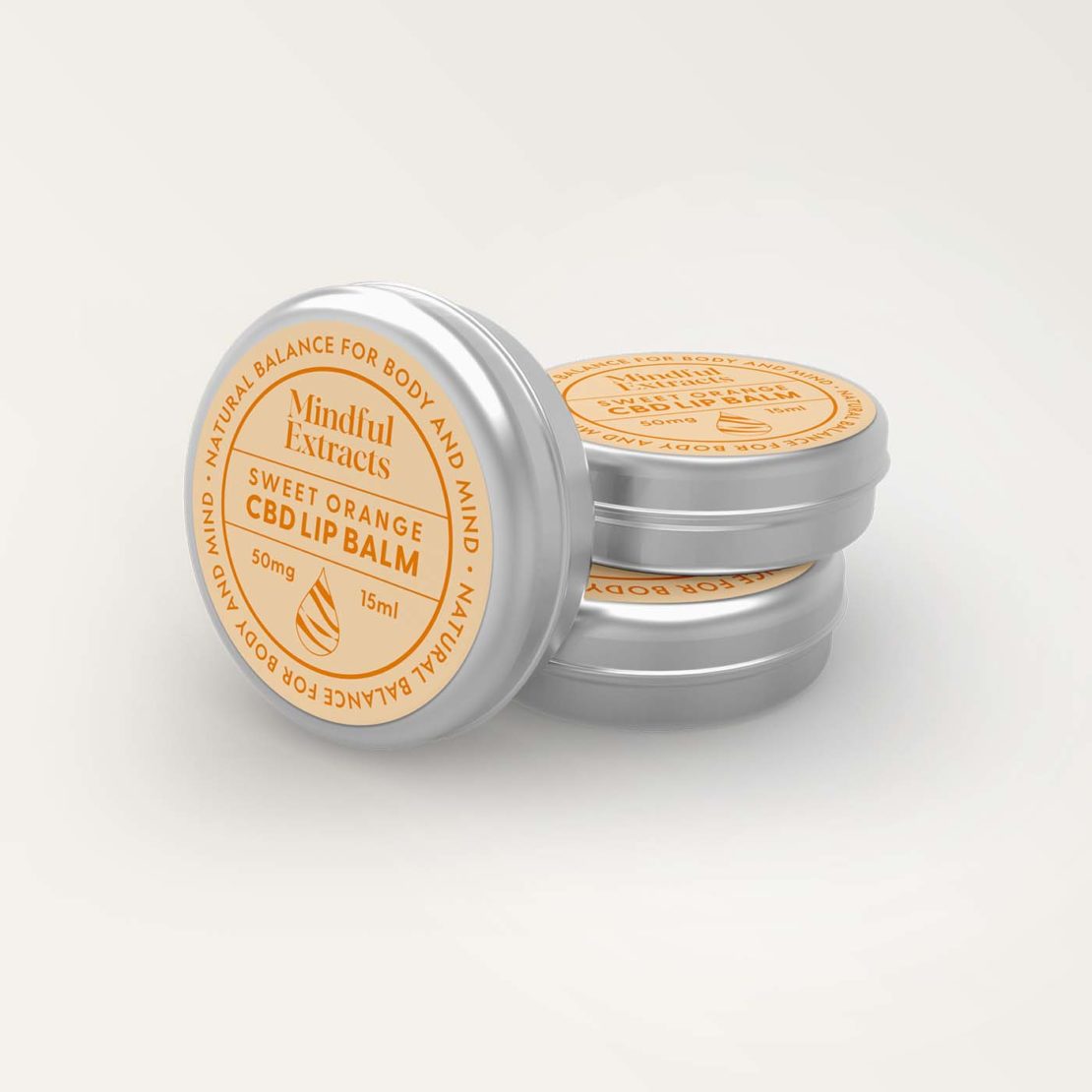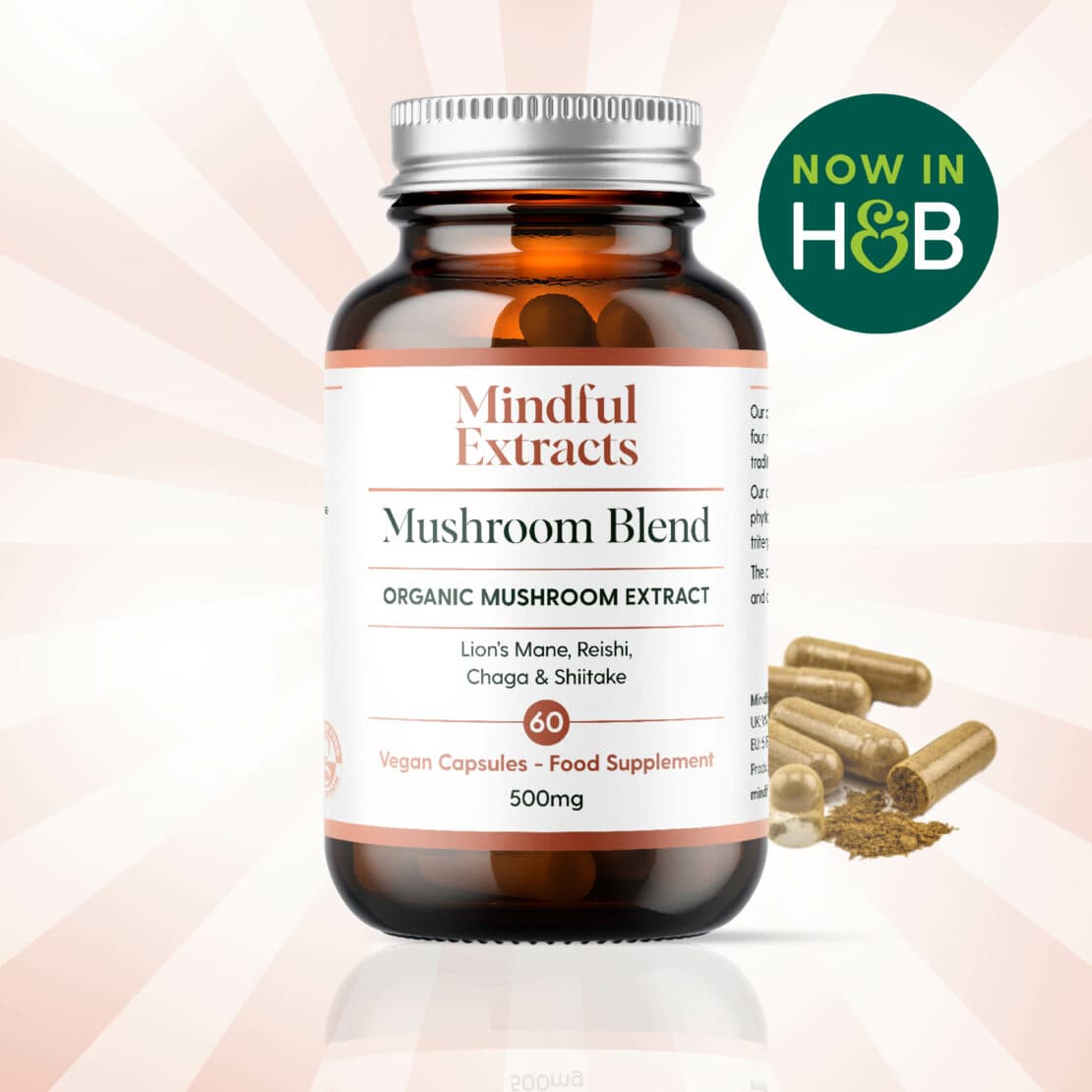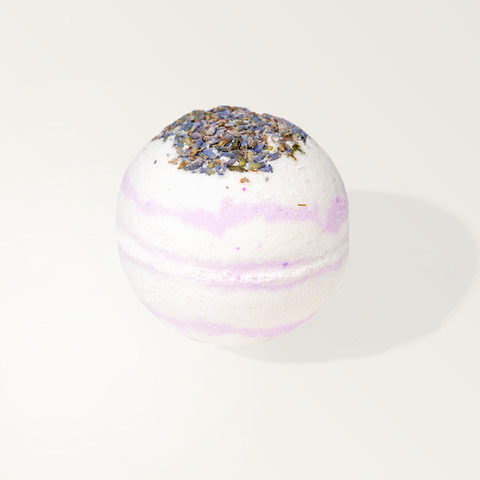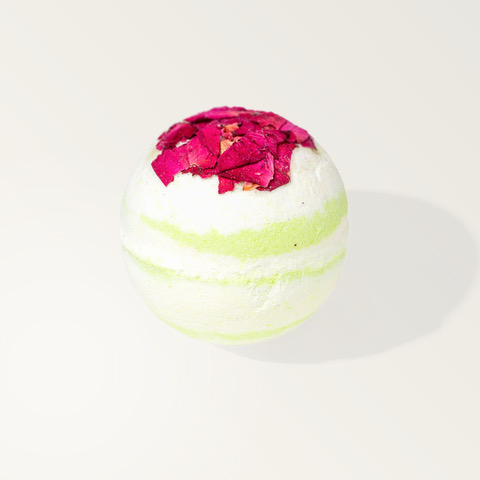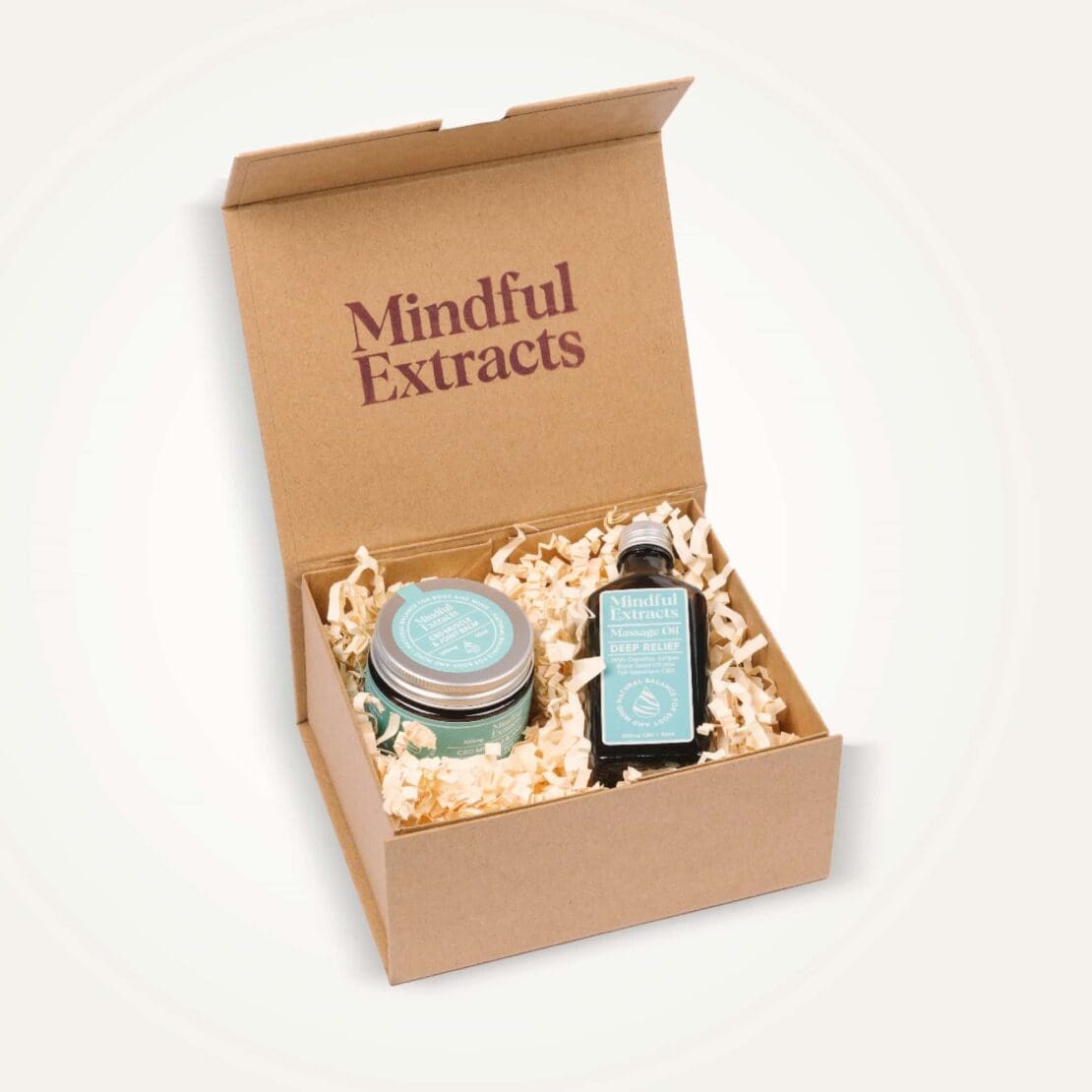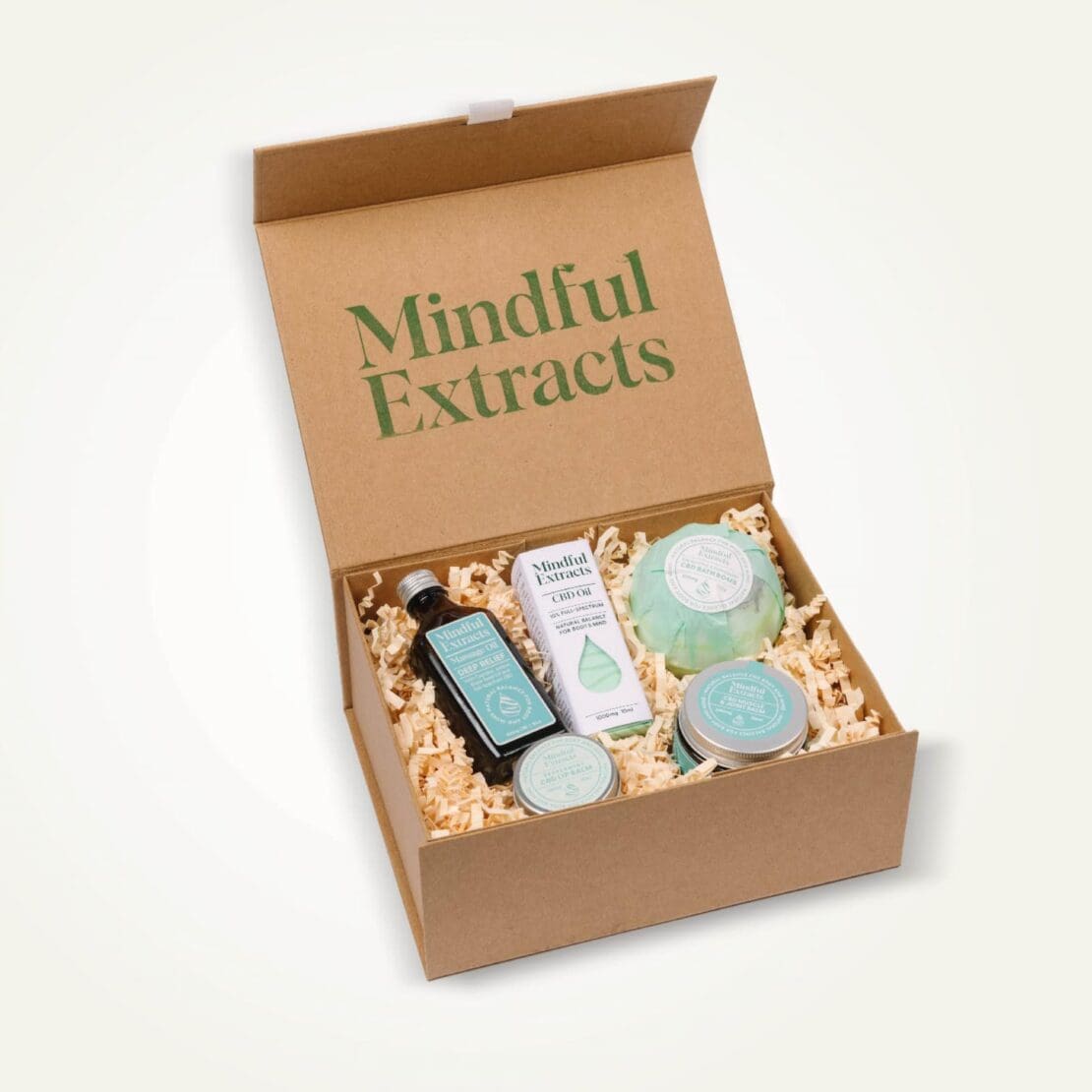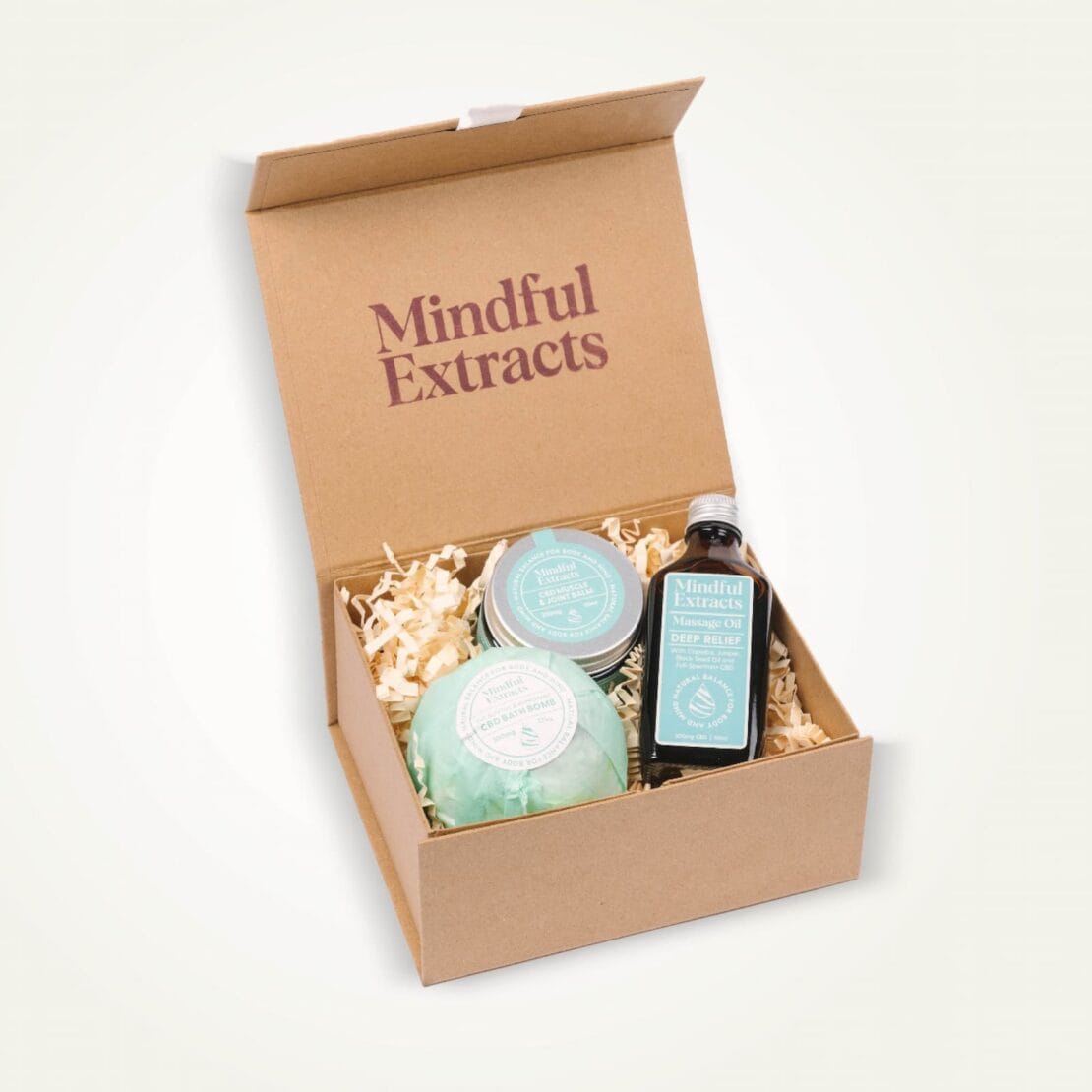Meditation can bring many benefits to our lives and has been scientifically proven to lower stress levels, reduce pain and inflammation in the body, improve concentration and boost self esteem and mood. It’s a great way to stop the constant chatter and over thinking that we all experience from time to time and can significantly help getting off to sleep.
Although there are many different ways of meditating, we’re going to talk about two really easy ways for beginners to start off on their meditation journeys; guided meditations and meditation on the breath or silent meditation. First lets run through a few of the basics…
Breathing
Breathing is key to all types of meditation as it is our anchor to the present moment. It relaxes our bodies, reduces our heart rate and activates the parasympathetic (calming) nervous system. As our bodies become calm, our minds also quieten.
Taking a few long deep breaths through your nose and out of your mouth at the start of each practice can really help to relax the body and set the mood for your meditation. After that, try to find a natural rhythm, breathing through your nose with your mouth closed.
To watch your breath, either focus on the air coming in and out of your nose (try to feel the cool air coming in and the warm air leaving), or focus on the movement of your belly rising and falling with each breath. Try not to force the breath, just watch it naturally come and go.
If you find your jaw clenching up, making a small smile with the corner of your mouth will relax those muscles and also sends relaxing messages to your nervous system.
Posture
The two main postures are sitting and lying, although you can stand, walk and even meditate while you are working such as cleaning the dishes. For now, let’s just focus on sitting and lying down.
Lying down is a great way to start off with guided meditations to help you relax (and not have to worry about staying upright and still). Its best to use a slightly rigid base such as a yoga mat or a nice rug or blanket on the floor, this is so you can stay grounded and really feel your contact between your body and the surface. If you want to do it in bed or on the sofa that’s fine too. It’s nice to have a blanket so you don’t get cold and support for your head such as a pillow. Place your hands either by your side with the palms facing to the ceiling or on your torso, whichever is more comfortable for you.
If sitting, you can use an upright chair with your feet flat on the ground, or sit cross legged on the floor on top of a mat or cushion. Keep your spine straight but relaxed with your shoulders pinned back slightly so you’re not slouched and your chest is open.
Above all, make sure you are comfortable, warm and in a quiet space.
Thinking
If you get distracted by unwanted thoughts, just take your focus back to the breath. When you catch yourself drifting away with a thought, just say ‘thinking’ to yourself and return to your breath. Sometimes it is helpful to take a few deeper breaths again to reset yourself.
Don’t despair if you find it hard – even Zen monks have unwanted thoughts, its completely natural. Try not to be judgmental towards yourself or the thoughts – just let them come and go then return, again, to the breath. They will naturally subside as they begin to lose their power over you.
When and how often?
When starting out, ten minutes a day or more is fine, the important thing is keeping up a regular practice – try to do it every day if you can. The more you do it, the easier it becomes and the better the results will be. Soon you will start reaping the rewards of investing that small amount of time into your health and wellbeing. It’s also a good idea to try and keep a routine – meditating in the morning means you can really feel the benefits of your practice – starting the day with a clear head, less stress and a better mood. It’s also great to meditate shortly before bed to help with a deep and relaxing sleep.
Guided meditations
The easiest way to start meditating is to use a guided meditation – where a teacher takes you through the basic steps and techniques of the meditation. They are great for total beginners and experienced practitioners alike and you can do them in the comfort of your own home using a recording or app, but if you wish there are many online groups or local meetings you can join.
There are lots of types of guided meditation, the ones we have created here [link] are designed to be deeply relaxing, great for beginners and specifically useful for helping with anxiety and chronic pain. After you’ve tried these, we recommend you research other styles, techniques and find what suits you. There are plenty of great meditations on Youtube and free phone apps.
Meditations on the breath (silent meditations)
If you’re feeling confident or already have some experience of meditation, then simply sitting and watching your breath can be a powerful way of bringing you into the present moment and helping calm your mind and body.
Its usually best to do it sitting as described above – its too easy to nod off when you’re lying down! Make sure you are upright but relaxed, with your eyes closed or slightly open and your gaze down at a 45 degree angle, and just start watching your breath. Try to notice the movement in your belly – focus on a point below your navel and feel it rise and fall with your breath. Try to feel the sensations inside your body as the air comes in and goes out.
Your mind is going to wander! Whether it be thoughts coming into your head, distractions from outside, the need to itch – whatever it may be, just notice that you lost your focus and take your attention back to the breath. Try not to be disappointed in yourself if you lose focus, it’s completely normal.
A popular way of keeping your focus is to count. So count ‘One’ on the in-breath, ‘Two’ on the out-breath and so on up to ten. Then go back and start again at ‘One’. If you find your concentration wavering or get lost in a train of thought, just start again from one. Try not to force anything or block your thoughts – just maintain a light concentration and allow the thoughts to come and go.
It can be good to keep a watch or use a timer close by – the Insight Timer app has a really handy timer function so you can set a bell at say five minute intervals. Setting a time limit before you start is also a good idea. Any meditation is great but try to do at least ten minutes, and when you’re finished give yourself a few moments to notice how you feel – do you feel calmer, more alert, in less pain?
While silent meditation can be a bit more challenging than a guided meditation, it is worth sticking with it, playing around with techniques and adjusting them to suit you. A lot of people will find the results more rewarding and with regular practice, you will soon develop powerful mindfulness skills. Good luck!
Follow us on social media for more tips and further articles on mindfulness and wellbeing and sign up for our newsletter below. Good luck!
 Free Delivery on all orders over £40
Free Delivery on all orders over £40 






